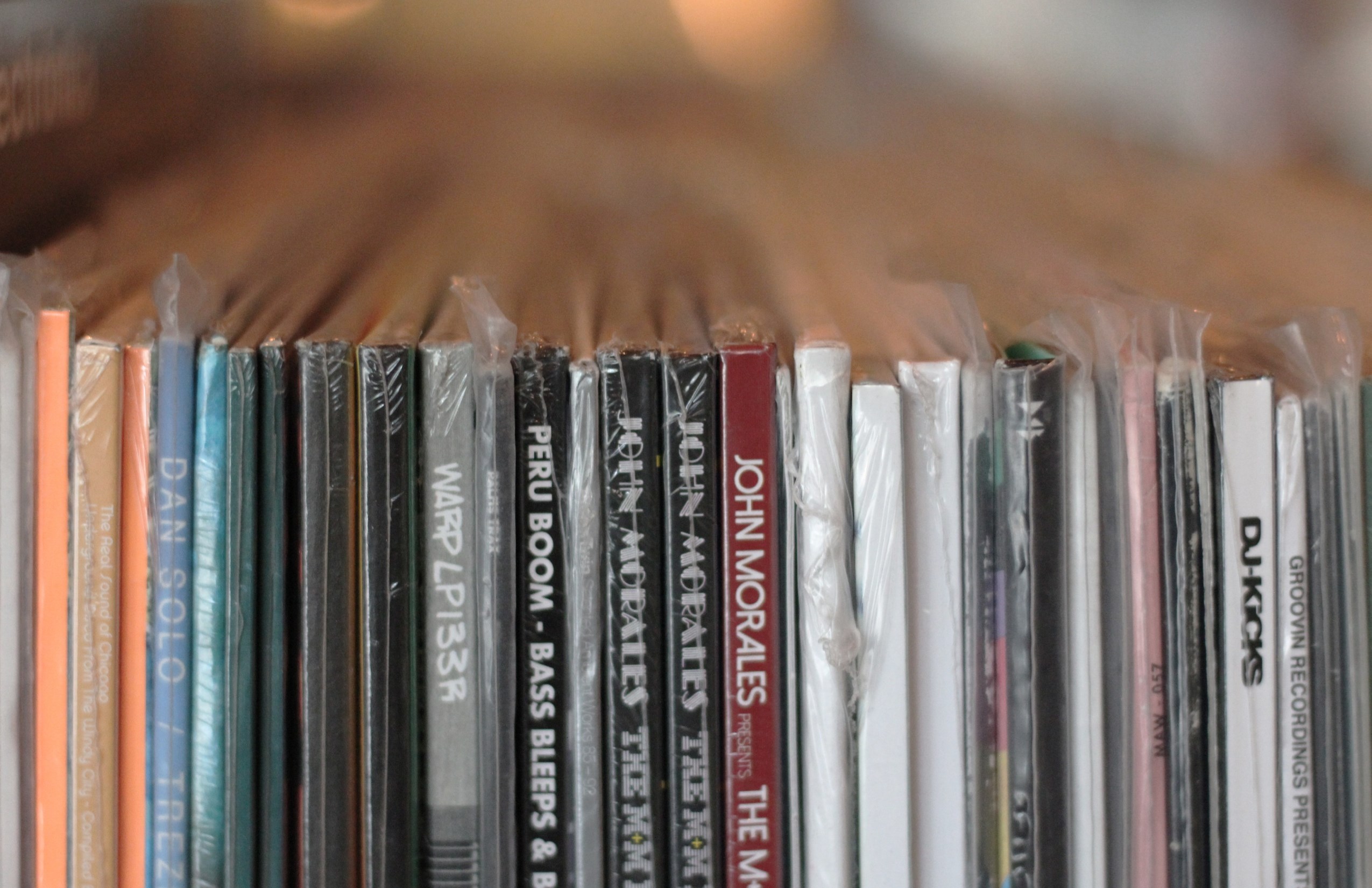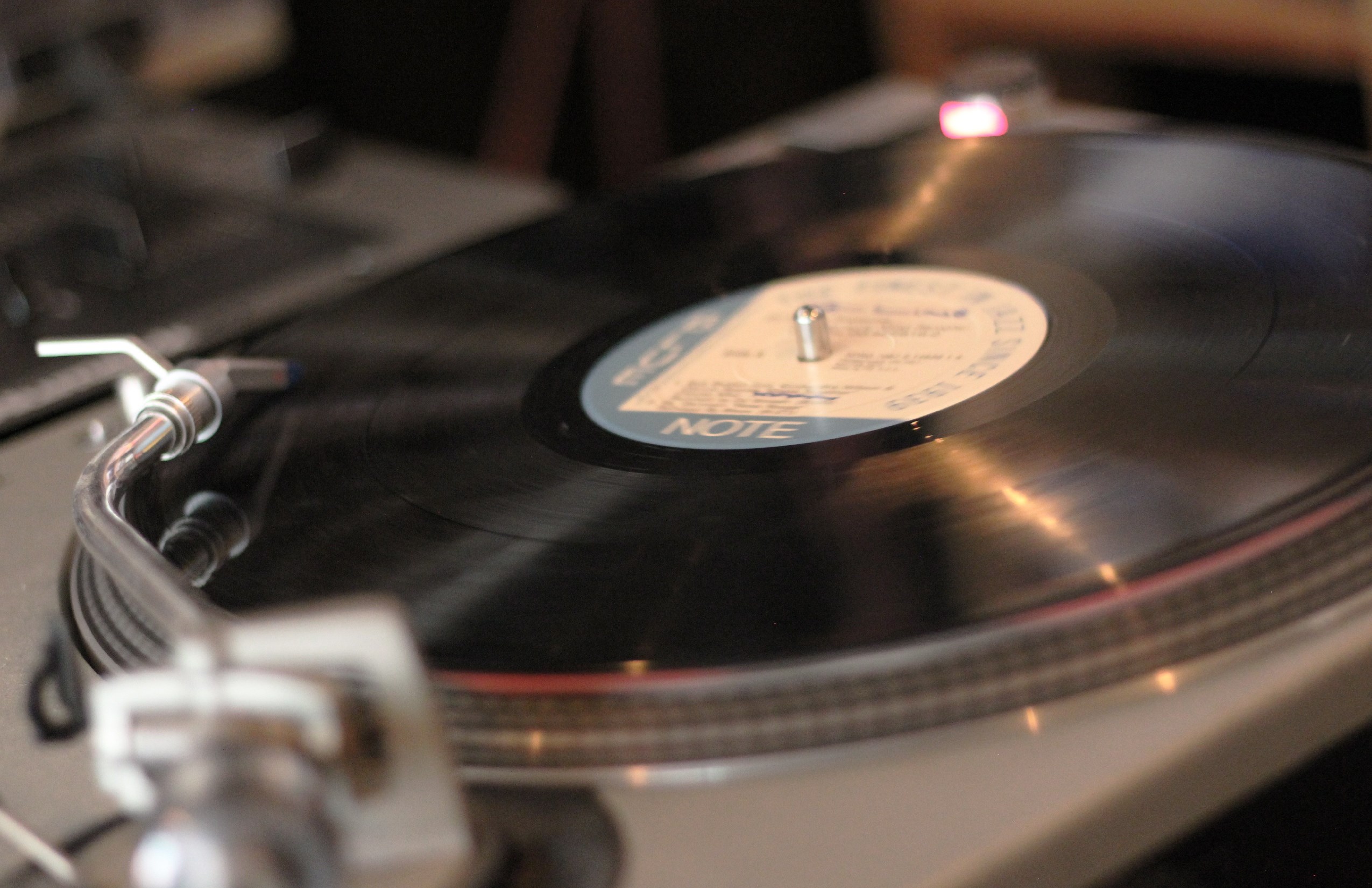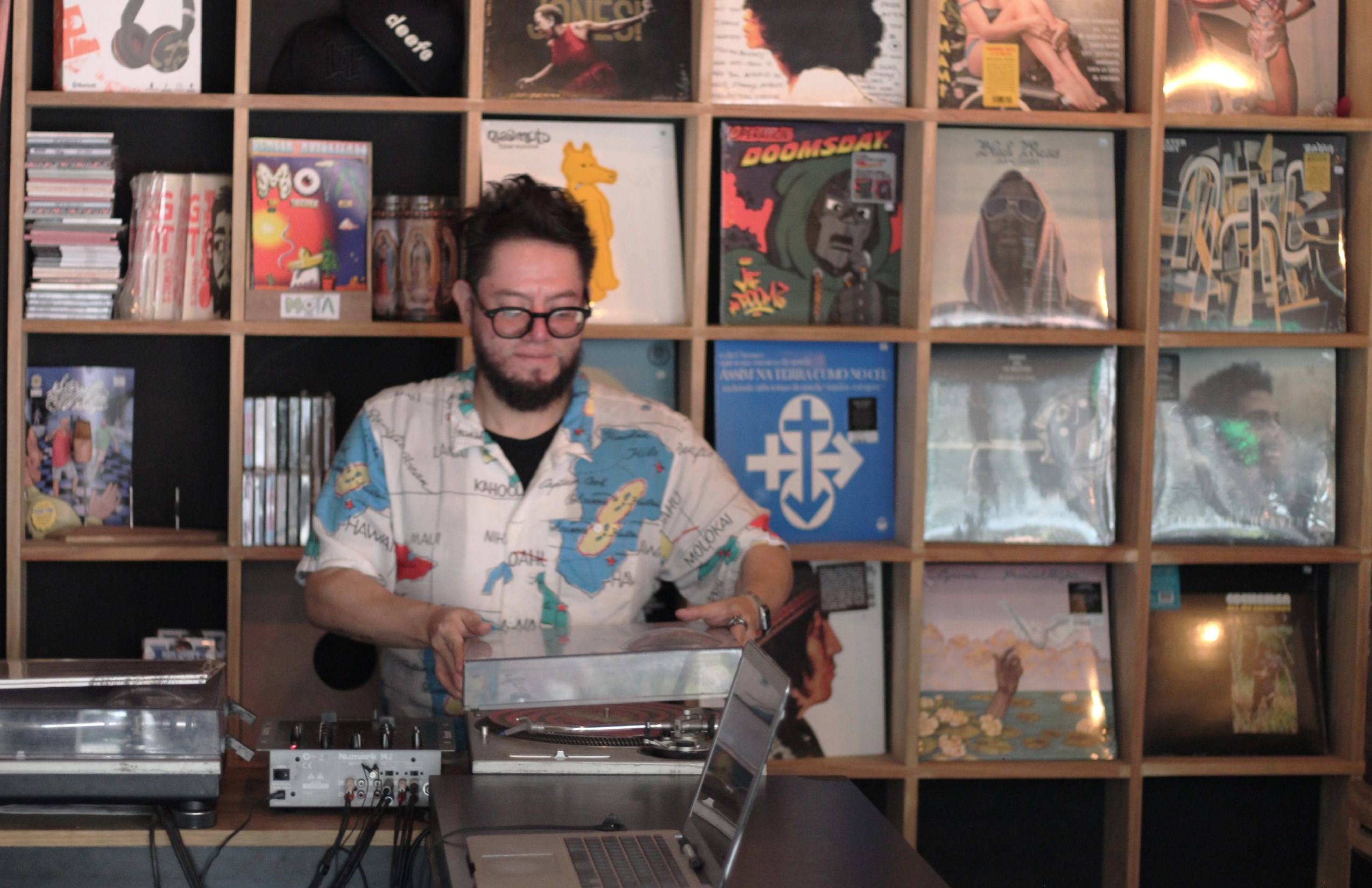Music has always been a passion for Manuel Alejandro Carrasco Puerto. Now it’s a way of life too.
Vinyl records began to fall out of favor with music enthusiasts during the 1970s, when eight tracks and cassette tapes began to outsell them. Then the digital revolution hit – and vinyl suffered another blow to its popularity.
Around the same time, the Roma Norte area of Mexico City was a historic but run-down area. What had begun in the early 1900s as an escape from the city for the wealthy, started its decline in the 1940s. By the 1970s, many of the beautiful European-style houses had fallen into disrepair. The charming buildings were seen as worthless and dated. But after the 1985 earthquake, locals began to reevaluate the area and decided it was worth saving. And its rejuvenation started in earnest. Not long after that, in the 1990s, the same happened to vinyl records.
The Digital Generation
“Everything’s changed,” says Manuel. “Before, music was recorded in a certain way. You needed a studio and a band and microphones. Now I could make an album here on my laptop. It’s not better or worse. It’s very different though.”
Even the language has changed. When vinyl was king, people referred to 45s (which played at 45 revolutions per minute), not singles, and LPs, which played at 33 revolutions per minute.
“I’m from that generation, people aged 28 and above. And we’re people who work. LPs aren’t cheap, but those of us with a stable job can have the ability to collect. The music that’s popular today, not many make LPs. Many don’t even make albums, they just release singles.”
- Manuel Puerto, Owner, Revancha Records
What makes vinyl so special? Many avid collectors, he explained, have had trouble adjusting to the world of digital music, where there is no physical product.
There’s also a strong nostalgia element. “When I think back to the LPs I listened to as a child that I no longer have, I look for them. Even if I’m no longer a fan of the music.”
Manuel buys his records from a distributor in the U.S., which sources from various record labels. That makes the records a bit more expensive, but when you have particular tastes, you can’t find everything you want from the individual labels. It was his love of hip hop music in the '90s that led Manuel to discover new artists and genres.
Customers, he says, tend to fit into two groups: the collectors — usually older people who started collecting vinyl records when they were young and have seen them go out of fashion and return; and the newbies — younger people who have begun their own collection of modern music, drawn by the physical product in a digital age.
There’s a lot of benefits to having digital music, but there’s nothing quite like listening to the unique sound created by vinyl. It’s the imperfections that make it special.






